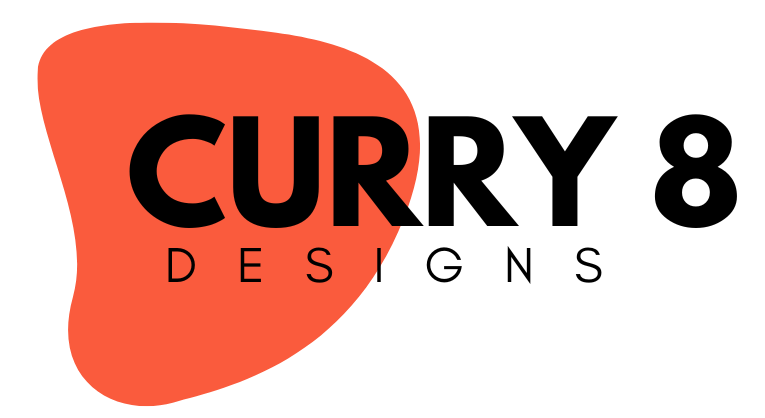Creating a seamless shopping experience can make all the difference in the world for your e-commerce sales. The way your website looks, feels, and functions can either inspire confidence and interest or lead visitors to abandon their shopping carts. Effective web design goes beyond aesthetics; it directly impacts how users engage with your products, decide to buy, and ultimately, whether they return for future purchases. Here are seven practical web design tips to help drive more sales on your e-commerce site and keep customers coming back.
1. Prioritize Mobile-First Design
With mobile commerce on the rise, a mobile-first design approach is essential. Customers expect smooth, responsive experiences on their smartphones and tablets, and if your site doesn’t deliver, they’ll likely leave for one that does. Ensure your navigation, product images, and checkout process are optimized for mobile users. Buttons should be easy to click, images should load quickly without compromising quality, and text should be legible without constant zooming. Google also favors mobile-friendly sites, which can improve your rankings and make it easier for potential customers to find you.
2. Simplify Navigation
A simple and intuitive navigation system is crucial for helping customers find what they’re looking for without frustration. Organize product categories logically, use a clean and accessible menu, and consider adding a search bar with advanced filtering options to streamline the browsing experience. When customers can easily navigate between product pages, categories, and the shopping cart, they’re more likely to make a purchase. Keep in mind that every extra click is a chance for them to exit your site, so make the journey to checkout as efficient as possible.
3. Showcase High-Quality Product Images and Videos
Product visuals are among the most influential factors in online shopping. High-resolution images and videos allow potential buyers to get a closer look at what they’re considering, helping to bridge the gap between online and in-person shopping. Include multiple images that showcase different angles, product variations, and context shots, as well as zoom-in capabilities. Videos can demonstrate product usage and highlight important details, adding an extra layer of confidence for customers who want to know exactly what they’re buying. Invest in professional photography if possible, as quality visuals directly correlate with perceived product value.
4. Optimize Loading Speed
Speed matters. If your e-commerce site is slow, customers are likely to lose interest and leave before they even see your products. Studies show that a one-second delay in loading time can reduce conversions significantly. Compress images, minimize HTTP requests, and enable caching to keep your site running smoothly. Google PageSpeed Insights can help you identify specific improvements to boost your site’s speed. A faster site not only keeps customers engaged but also improves your SEO, making it easier for new customers to find you.
5. Build Trust with User Reviews and Testimonials
Online shoppers often rely on the experiences of other customers to make purchase decisions. Displaying user reviews, ratings, and testimonials on your product pages can provide reassurance and build trust. Positive feedback acts as social proof, encouraging others to buy, while honest reviews help manage expectations. Allow customers to leave their own reviews and consider adding a “Verified Purchase” label for authenticity. Trust signals like these can reduce hesitation, leading to higher sales and customer satisfaction.
6. Create a Streamlined Checkout Process
A complicated or lengthy checkout process is one of the most common reasons for abandoned carts. The fewer steps customers have to take to complete their purchase, the better. Offer a guest checkout option, minimize form fields, and provide multiple payment methods, including popular options like PayPal, Apple Pay, or Google Pay. A progress indicator can help customers see how close they are to completing their purchase. Additionally, be transparent about shipping costs early in the process to avoid surprises at checkout. A seamless checkout experience can significantly reduce cart abandonment and boost conversions.
7. Use Strategic Calls-to-Action (CTAs)
Calls-to-action (CTAs) guide customers toward making a purchase, so they should be clear, compelling, and strategically placed throughout your site. Phrases like “Add to Cart,” “Buy Now,” or “Limited Stock – Order Today” can create a sense of urgency and encourage users to act. Use contrasting colors and bold fonts to make CTAs stand out without overpowering the page design. Strategic placement on product pages, in the shopping cart, and during checkout can subtly guide customers toward making a purchase without feeling too pushy.
Final Thoughts
A well-designed e-commerce website can make a huge impact on your sales by enhancing user experience, building trust, and removing any obstacles that might prevent customers from making a purchase. By prioritizing mobile-friendliness, simplifying navigation, using high-quality visuals, improving loading speed, building trust through reviews, streamlining checkout, and using effective CTAs, you’re creating an environment where customers feel comfortable and motivated to shop. The goal is to make the entire journey, from landing on your site to completing a purchase, as smooth and enjoyable as possible.
Incorporating these web design tips into your e-commerce strategy can help drive conversions, retain customers, and grow your brand’s online presence. As you continue to refine your site’s design, keep the customer experience at the forefront, and your sales will follow.

